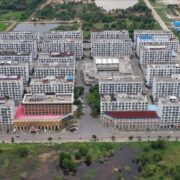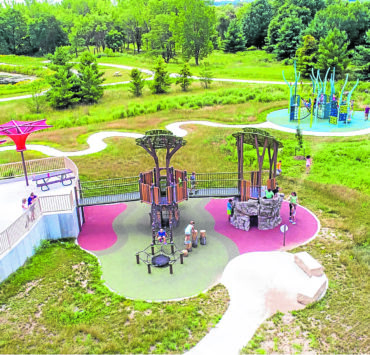Luxury that grows with you
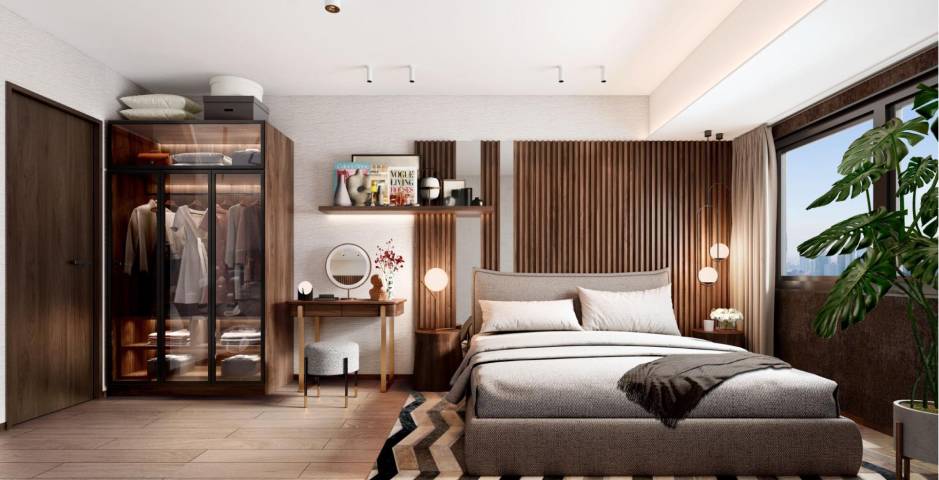
Luxury homes once carried a fixed image. Evolving lifestyles now call for spaces that respond to tempo, purpose, and life stage shifts.
Single professionals often prioritize efficiency, movement, and access to social and work amenities. As partners grow into families, the same spaces must accommodate privacy, caregiving, and routine.
Later, downsized living calls for calm, comfort, and minimal upkeep. The architecture must reflect these transitions without requiring a change in address.
A studio that once housed solo ambitions may need to support hybrid work life, visiting family, or a live-in partner. A two-bedroom for a small family might later serve as a semi-empty nest for parents adjusting to quieter days.
These transformations invite a deeper lens into how form supports fluidity.
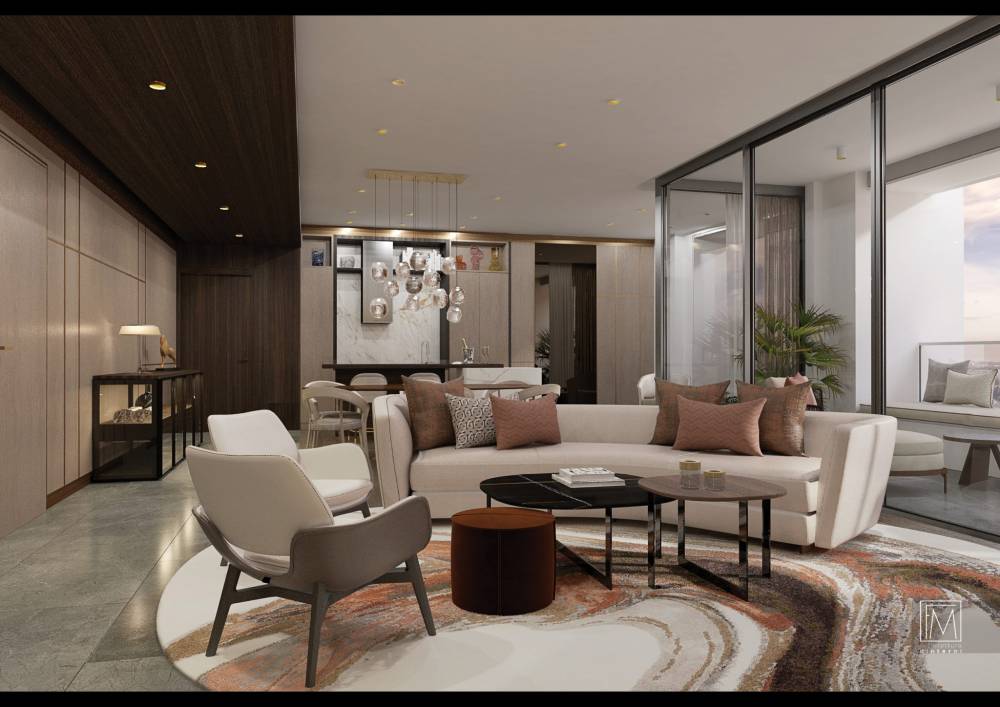
Proportions that evolve with purpose
A flexible luxury home begins with well-considered proportions.
Adjustable partitions, open plans, and multi-functional rooms enable residents to shape their space as their lives change. Floor plates that accommodate solitude and socialization reflect a more thoughtful understanding of design.
Storage becomes integrated, furniture modular, and thresholds dissolve between room and purpose. These choices anticipate future movement rather than locking into one narrative.
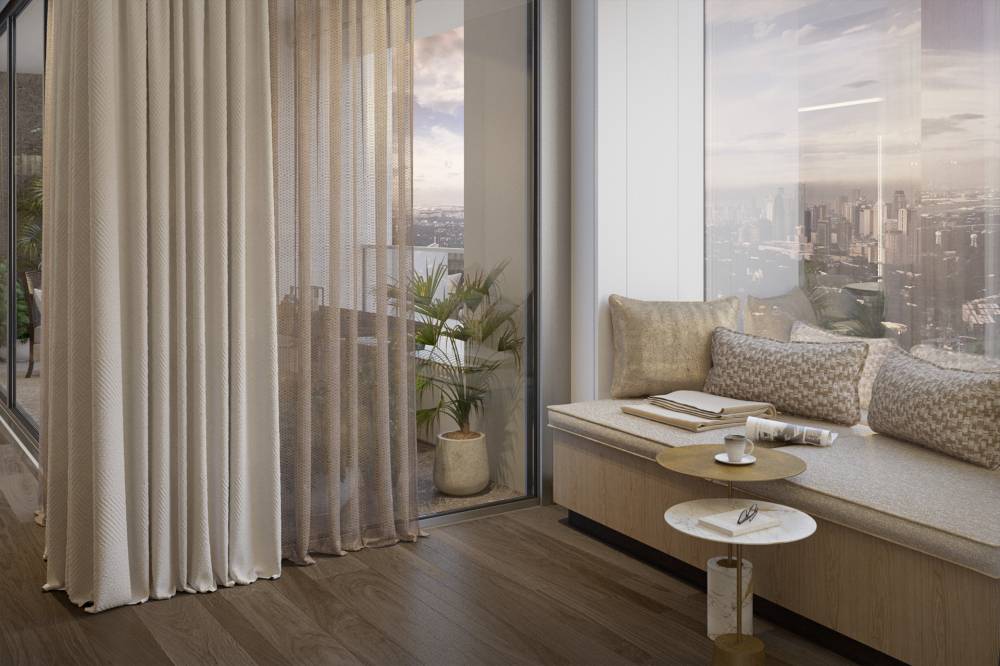
Planning for spacious change
Ceiling heights, large spans, and strategic layouts can make a one-bedroom feel open to transformation. Flowing circulation and light-drenched zones support both focused work and restful retreat.
Architecture that welcomes change expands choices. The living room may evolve into a home office, and a guest room may become a media retreat.
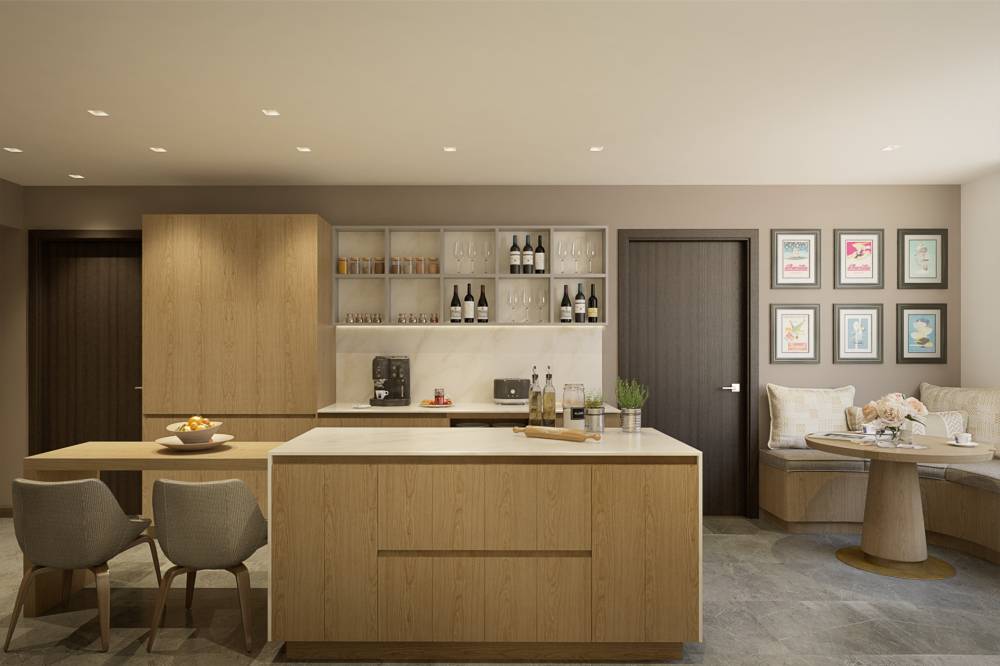
Aesthetics that age gracefully
Natural finishes and neutral palettes offer longevity and quiet sophistication. A design language that avoids trend traps keeps the home relevant through time. Visual stability allows for change without dissonance.
Soft textures and enduring materials such as wood, stone, and metal provide permanence that accommodates renovation without disrupting the space’s identity.
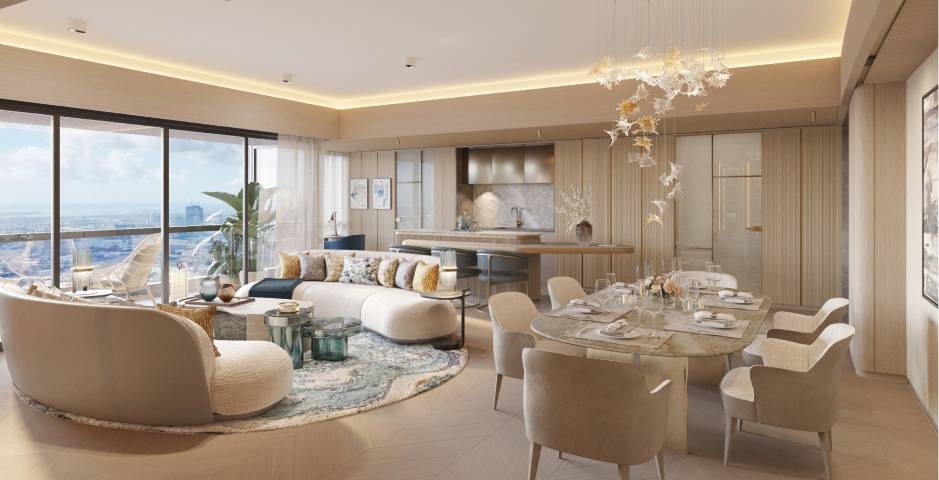
Spaces that embrace the spectrum of living
Condo developments with longevity often consider a diverse range of residents from the outset. Amenities must support kinetic and contemplative lives, from fitness and co-working lounges to meditation zones and reading nooks.
Family-oriented and senior-friendly features suggest a more democratic vision of elegance. A child’s playroom may evolve into a study corner or gallery nook. Wider corridors and zero-threshold showers can blend into the design without evoking a clinical atmosphere.
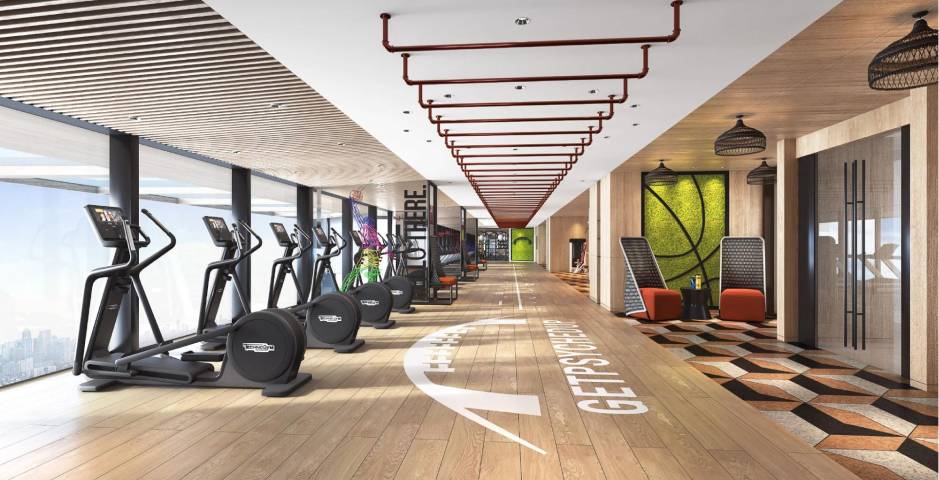
Homes that keep up with hybrid life
More developers are also responding to the growing shift toward hybrid living.
Flexible units now integrate quiet nooks for digital work, sound-treated walls for online meetings, and adjustable lighting suited for productivity and rest. These subtle spatial enhancements carry weight in an era where the home often doubles as a workplace, sanctuary, and social outlet.
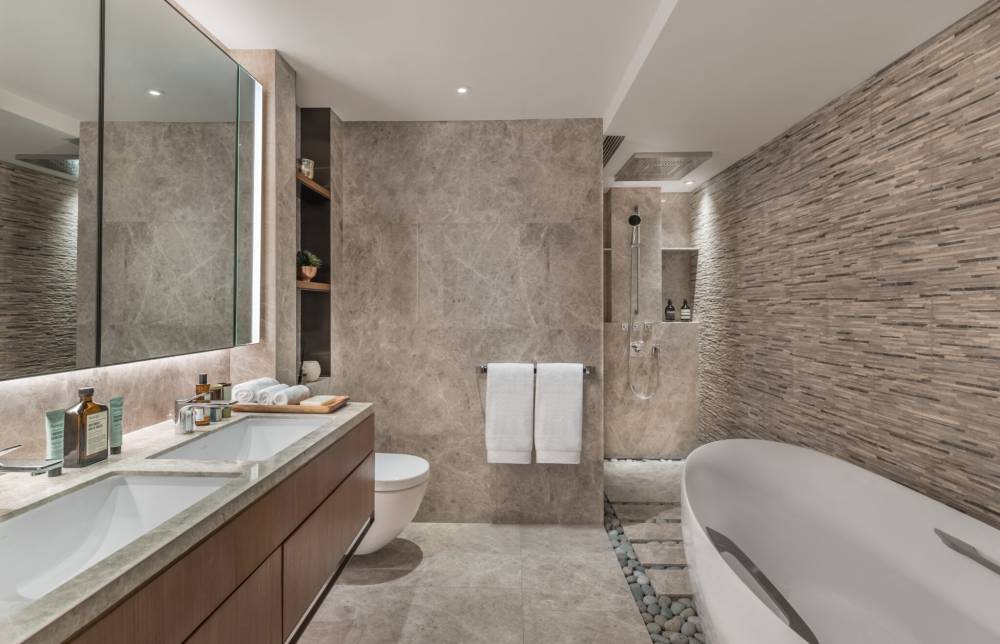
Vertical communities with gentle edges
Even vertical neighborhoods are beginning to reflect low-rise sensibilities. Breakout terraces, rooftop gardens, and shared courtyards introduce a softness into city living, creating pockets of pause within the density.
These communal spaces contribute to a shared identity and expand the notion of home beyond private walls. Residents benefit from the possibility of solitude, interaction, and rest within arm’s reach.
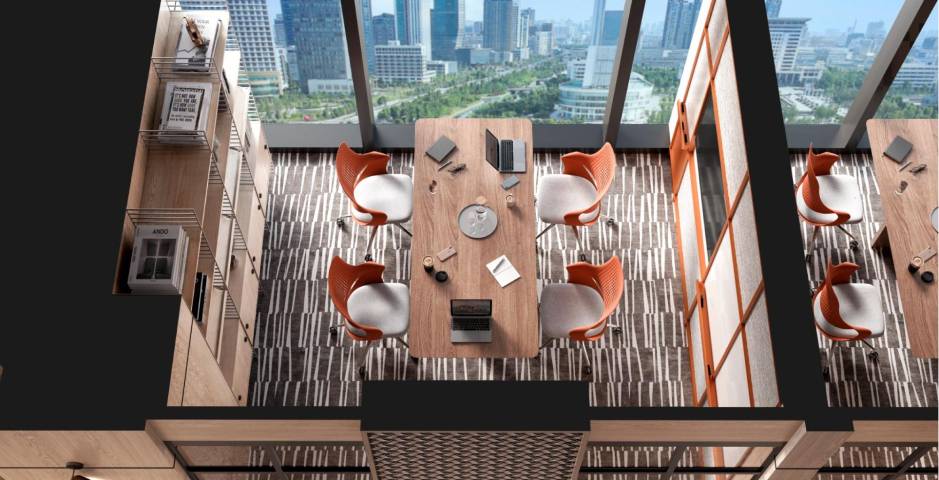
Quiet design, lasting intentions
Some developers have embraced this philosophy of adaptable luxury.
Shang Properties, for instance, reflects a studied restraint in its designs. Spaces feel intuitively usable across a spectrum of lifestyles. Through spatial generosity and thoughtful curation of communal areas, their condominiums become canvases for evolving personal rhythms.
This approach leaves room for residents to script their own stories. It favors silence, light, and the spaces in between over rigid programming.
A future measured in relevance
Flexible homes offer transformation and aging retain value over time. Whether through initial customization or gradual renovation, homes that adjust with their owners remain meaningful.
The most enduring spaces stay relevant by welcoming change without losing their essence.
The author (www.ianfulgar.com), is a leading architect with an impressive portfolio of local and international clients. His team elevates hotels and resorts, condominiums, residences, and commercial and mixed-use township development projects. His innovative, cutting-edge design and business solutions have garnered industry recognition, making him the go-to expert for clients seeking to transform their real estate ventures











